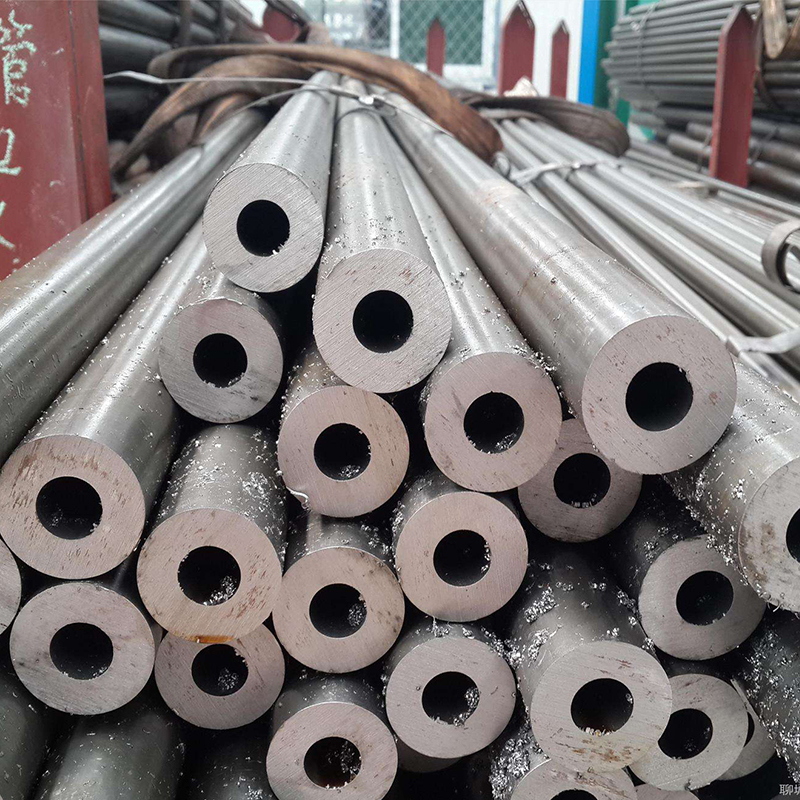Common Questions about Hastelloy C22/C276 Pipes/Tubes

-
What are the main differences between Hastelloy C22 and C276?
- Hastelloy C22 offers better resistance to pitting and crevice corrosion, while C276 is known for its excellent resistance to stress corrosion cracking and high-temperature stability.
-
What are the typical applications for these alloys?
- Hastelloy C22 is used in chemical processing, wastewater treatment, and pharmaceutical industries. Hastelloy C276 is commonly found in oil and gas, nuclear, and pulp and paper industries.
-
How do these alloys perform in corrosive environments?
- Both alloys exhibit outstanding corrosion resistance, with C22 providing enhanced protection against oxidizing environments and C276 excelling in reducing conditions.
-
Are Hastelloy C22 and C276 weldable?
- Yes, both alloys can be welded using various techniques, though proper procedures should be followed to maintain their corrosion resistance.
-
What forms are available for these alloys?
- Hastelloy C22 and C276 are available as pipes, tubes, sheets, and fittings.
-
What are the temperature limits for these alloys?
- Hastelloy C276 can withstand temperatures up to about 2000°F (1093°C), while C22 is suitable for similar high-temperature applications but may not perform as well in extreme conditions.
-
How do the costs compare?
- Hastelloy C276 is generally more expensive than C22 due to its stronger resistance to harsh environments.
